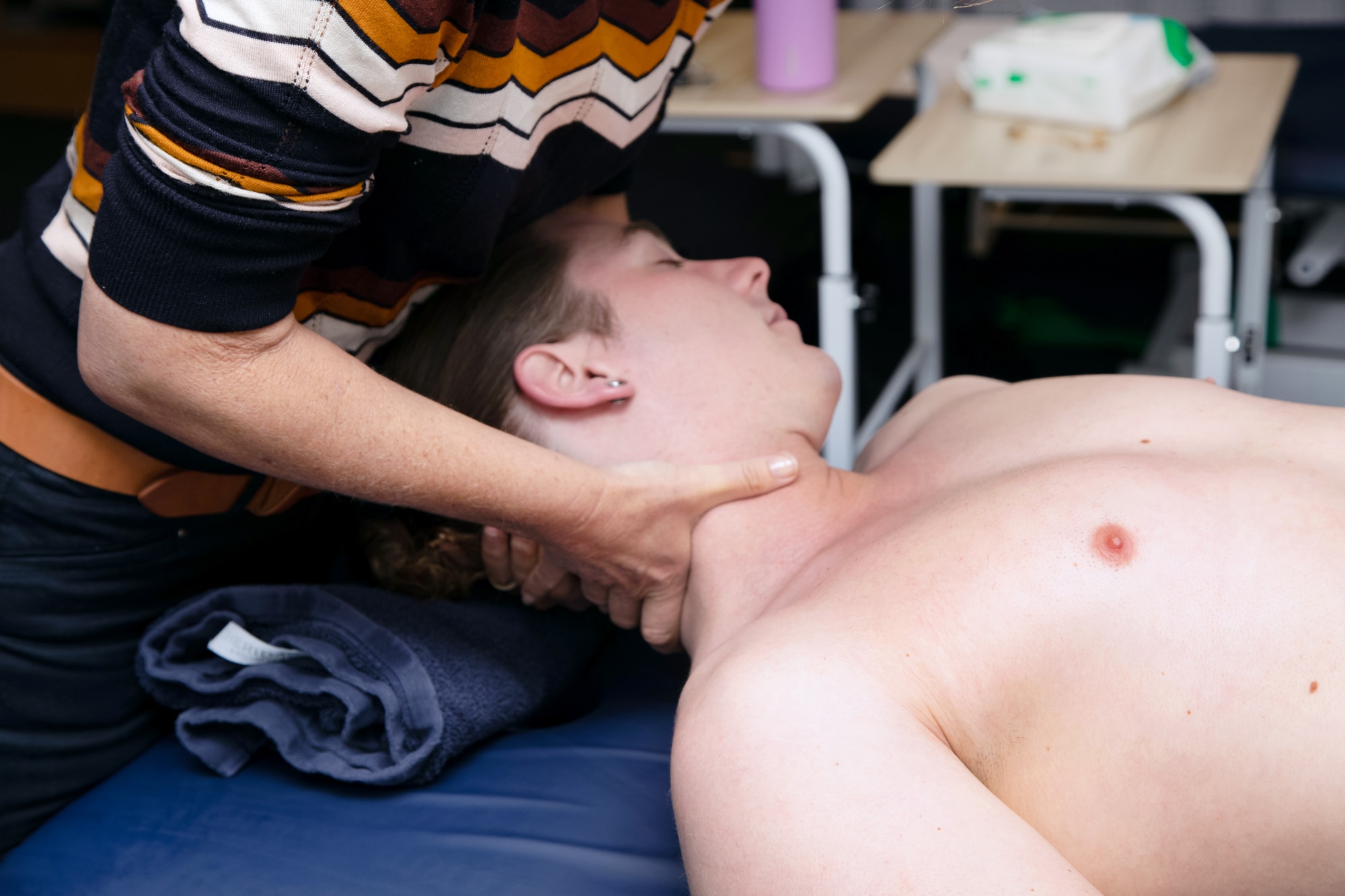
CERVICOGENIC HEADACHES ARE CAUSED BY MUSCLES AND JOINTS OF THE NECK (CERVICAL SPINE).
Signs and Symptoms:
What causes it?
What can you try at home?
How can physiotherapy help?
Be the first to know about news and insights.
"*" indicates required fields